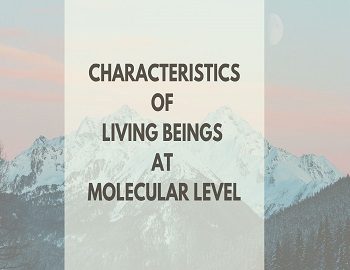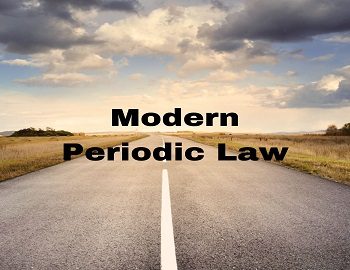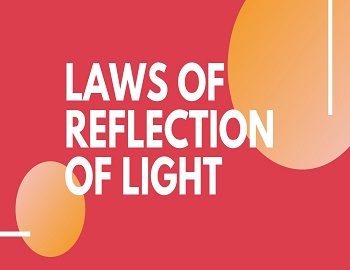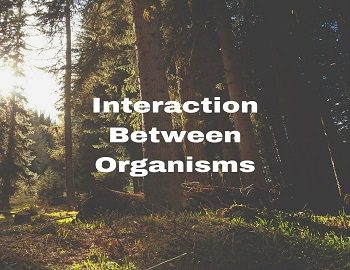Table of Contents
Classification of Matter:
All substances in nature can be classified into three classes, namely elements, compounds and mixtures.
Elements:
An element is a pure substance that is made up of only one kind of atom. Substances like gold, silver, copper, iron etc. are all elements. Elements can exist in the form of atoms or molecules. No two elements are identical. When atoms of the same elements combine they form their molecules. Oxygen, hydrogen, nitrogen, etc. are made up of molecules. Each molecule of these gases is made up of two atoms. Atoms of these gases do not exist alone. For example- in order to exist freely, two atoms of oxygen must combine.
Of the 118 elements that exist on the earth, 94 are natural and the remaining 24 are man-made. Among the 94 naturally occurring elements, hydrogen is the lightest and uranium is the heaviest.
Compounds:
A compound is a pure substance made up of two or more elements chemically combined in a fixed proportion by weight. Many of the naturally occurring substances are compounds. Atoms or molecules of different elements combine to form molecules of compounds. Water, sugar, carbon dioxide etc. are examples of compounds.
Properties of a Compound:
- When a compound is formed, it has properties entirely different from its constituent elements i.e. the individual elements forming the compound lose their own identity and characteristics. Properties of water are different from those of hydrogen and oxygen. Water is a liquid which puts out fire. Hydrogen is a gas which burns and oxygen too helps in burning.
- A compound contains the elements in a definite proportion. No matter how and where water is formed, one molecule of water will always contain two atoms of hydrogen and one atom of oxygen in the proportion 2:1. Smilarly, carbon dioxide is formed from one atom of carbon and two atoms of oxygen in the proportion 1:2.
- A compound is a homogeneous substance and shows definite physical and chemical properties. (A homogeneous material is a material that has the same properties all through its volume).
Mixtures:
A mixture is composed of two or more elements or compounds, each of which retains its own characteristics, properties and composition. A mixture is obtained by mixing various substances in any proportion. It can contain several elements and compounds. Since the constituent substances do not chemically combine, no new substance is formed. Air is a mixture of several elements like oxygen, nitrogen and compounds like carbon dioxide and water vapour. It is a mixture because samples of air taken from different places can have different compositions. Milk is a mixture of water, proteins, fats and carbohydrates. Even the water we drink is a mixture of water, gases (like chlorine) and solids (minerals). Components in a mixture can be separated by physical methods.
Types of Mixtures:
There are two types of mixtures-
- Homogeneous Mixture- A mixture having a uniform composition throughout is known as a homogeneous mixture. Such a mixture is also called a solution. Solid sugar dissolved in water gives a homogeneous mixture.
- Heterogeneous Mixture- A mixture which does not have a uniform composition throughout is called a heterogeneous mixture. Iron filings mixed with powdered sulfur give a heterogeneous mixture. If this mixture is taken in a test tube and heated it gives a new substance called iron sulfide- a compound whose properties are entirely different from the properties of iron and sulfur.









Comments (No)